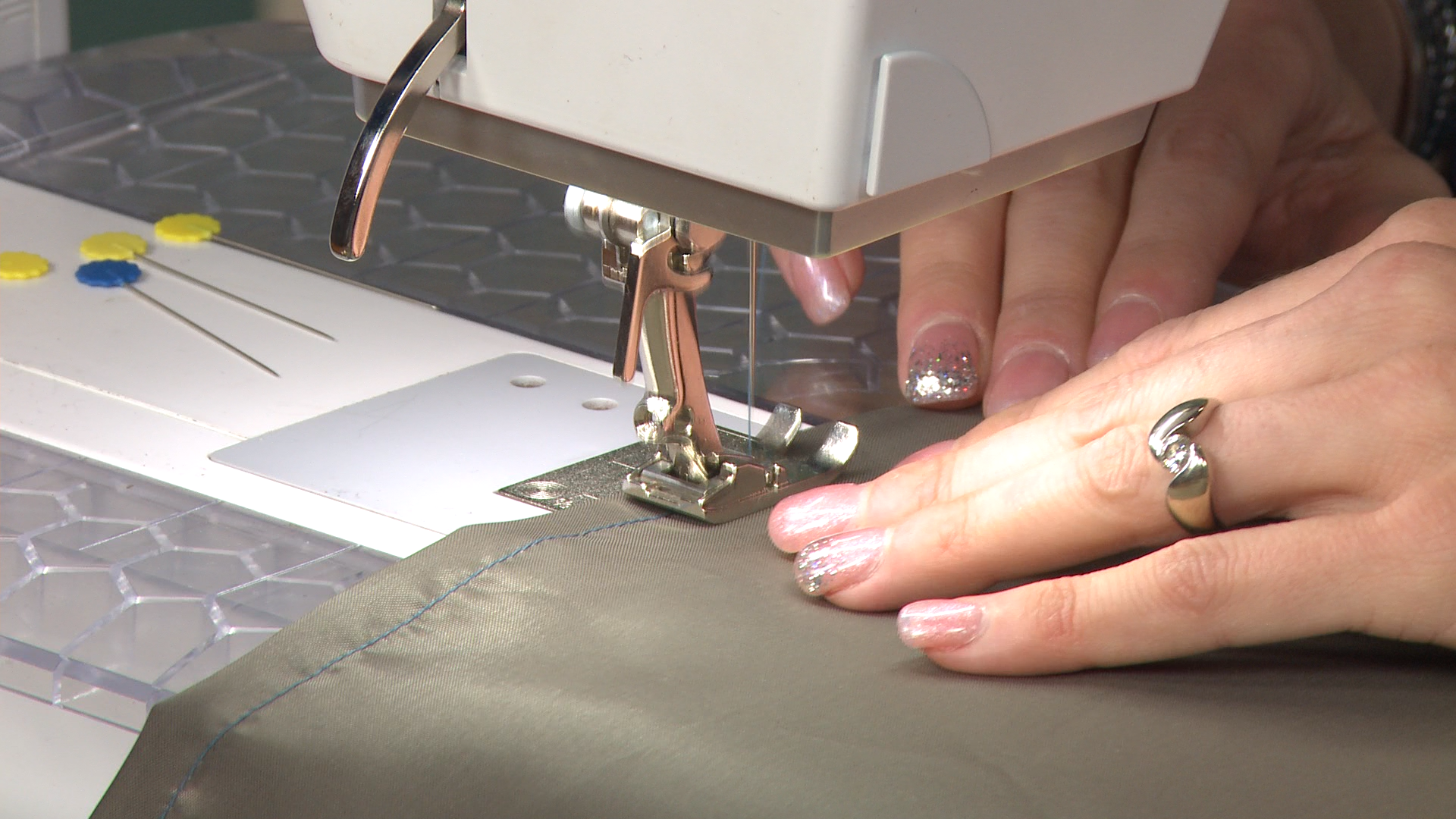
How to Sew a French Seam
Ashley Hough
When constructing garments, it is important to finish seams so that the inside of a project looks just as professional as the outside. Holly Willis shows you one way to do that by demonstrating how to sew a french seam.
French Seam
When learning how to sew a french seam, one of the hardest things to remember is that you need to start with the fabric wrong sides together. This is counterintuitive to what you may have learned in general sewing practices. However, Holly explains why it is necessary. If you are new to incorporating french seams into your garment construction, it may be handy to have and know how to use a seam ripper if you accidentally sew the fabric's right sides together.
Seam Allowances
When constructing a garment, especially one from a commercial pattern, you will be using a ⅝” seam allowance. A french seam is completed by running two separate lines of stitching at different seam allowances that add up to ⅝”. Holly shows how to sew a french seam starting with a ¼” seam allowance followed by a ⅜”. A french seam can also be done in the reverse, starting with the ⅜” seam allowance and then finishing with the ¼” seam allowance. Both will look the same on the right side of the garment. However, on the wrong side, one will have a slightly larger enclosed seam.
Other Options
While french seams are a popular choice for stitching enclosed seams when constructing a garment, there are other options as well. Many of these methods require you to finish the seam after construction, like bias-bound seams. And some may even have a different look on the right side of the fabric, like flat felled seams, which have an extra line of stitching. All methods of enclosed seams will ensure a professional finish to your next project.